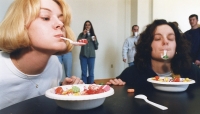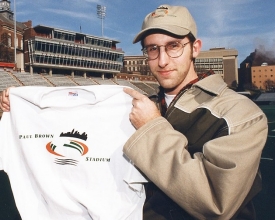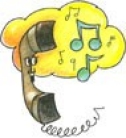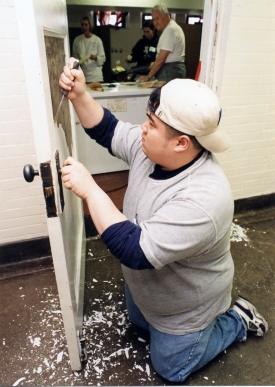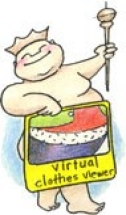Keeping it safe
No one wants ice on an airplane, but no one wants environmentally hazardous deicing chemicals on a runway or in the soil, either.
Last winter, the first full-scale bioremediation treatment of such chemicals took place at a commercial airport, thanks to techniques developed by UC environmental engineer Makram Suidan, in collaboration with EFX Systems. For more than 20 years, Suidan has been developing bioremediation applications to degrade a variety of toxic compounds, including those created from the production of certain resins, gasoline and Agent Orange. His research recently received a U.S. EPA contract for up to $15.7 million.
UC School of Energy, Environmental, Biological & Medical Engineering

 Past Issues
Past Issues

